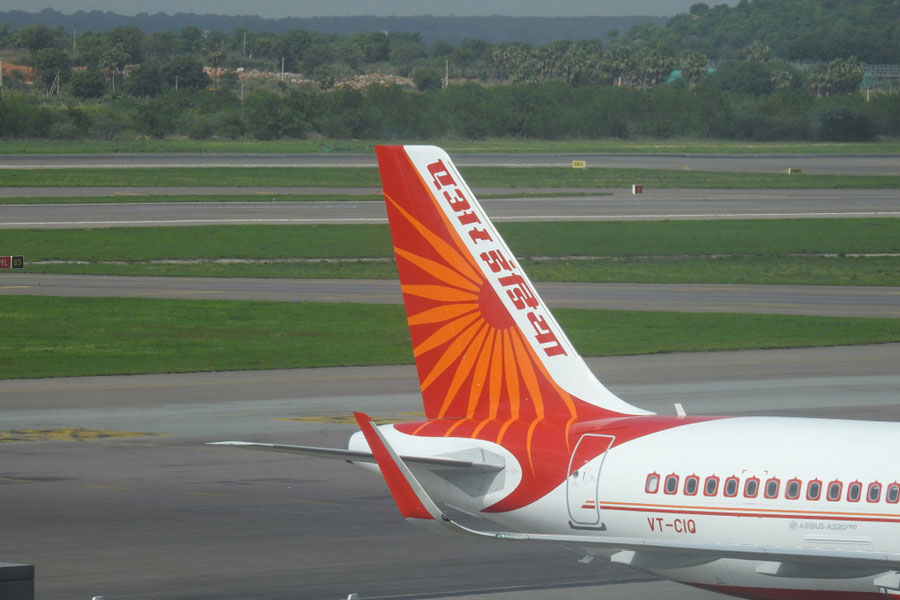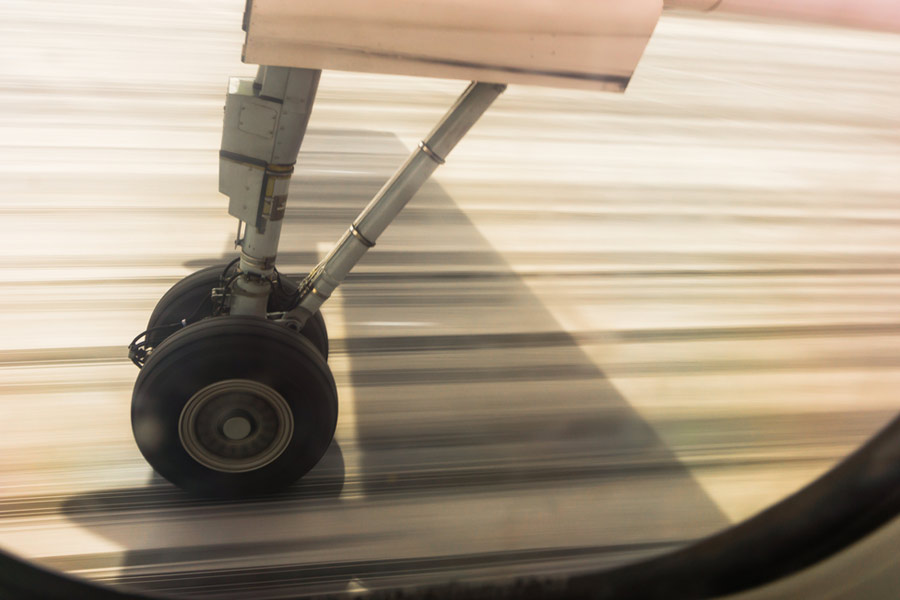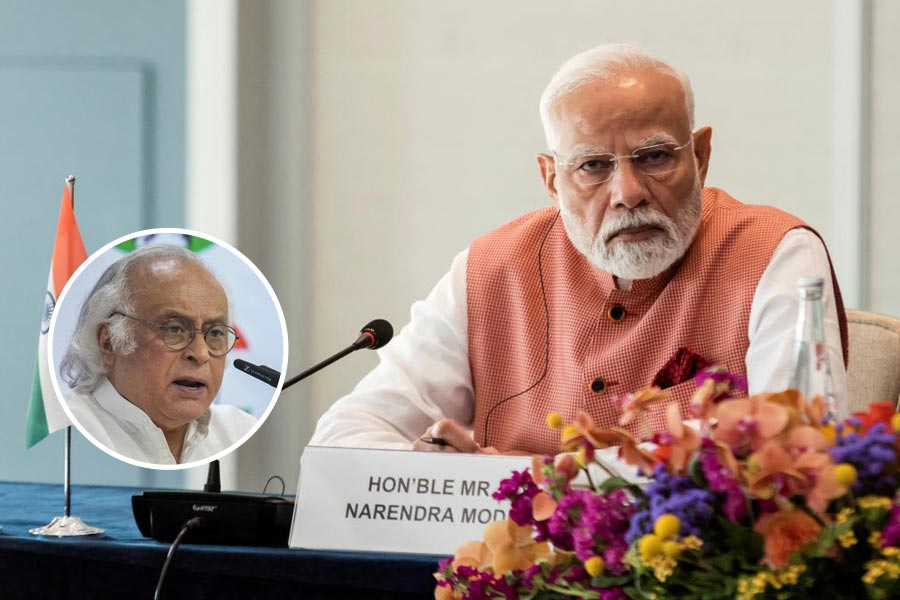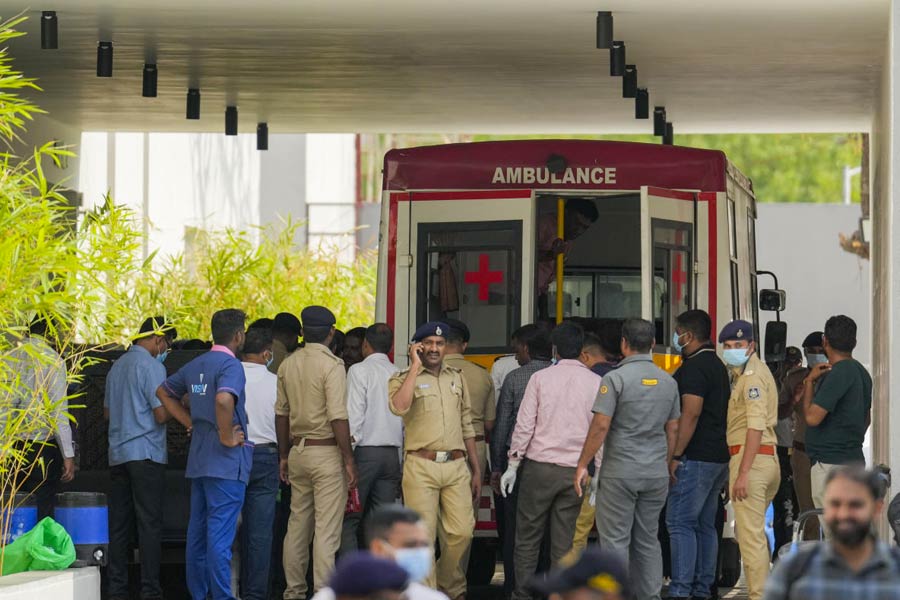 |
The maps that come up on the little screen are supposed to be reassuring. They’ve been there for nearly twenty-five years now — I first saw one in 1991 — earlier on the drop-down screens and then on the personal screens they developed for each seat. The little white aircraft-shaped ‘cursor’ impaled on a white line has accompanied us back and forth across the globe for a quarter century of air travel and the main thing it has signified is transparency and trust, the airline and pilots seeming to say to us ‘look, there is nothing mysterious or underhand about what we’re doing, here is where we are and this is where we are taking you, and this is the time it’s taking.’
When they first appeared, the screen maps were quite rudimentary, the aircraft symbol huge between the tiny, crowded geographical points. Across the years, the graphics have improved, and now the map-nerd has several choices of entertainment, a world map, a day/night chart, a map of the whole route, a detailed map of current location and so forth. These are accompanied by read-outs of altitude, speed and time, all attempting to bolster the feeling that, somehow, you, the passenger, are in control of this most ridiculously abject of situations: strapped into a seat in a metal tube that’s hurtling through the air, 30-odd thousand feet above ground level.
The maps haven’t converted me and, increasingly, I avoid flying in the smaller airliners on domestic routes, flying in the monsoon, flying in planes with a dodgy record and so forth. Travelling from Delhi to London this time, I snared myself a train reservation in order to pass under the Gangetic storm clouds. I also triple checked that Air India wasn’t putting me in one of their Dreamliners (having been on a JAL, one that turned back with a chronic, cracked cockpit window). Despite this, I didn’t exactly manage to relax on the train from Calcutta to Delhi. For one, there was the recent Rajdhani crash. Secondly, just as turbulence seems to have got rougher in the skies above, so too has the mismatched CPC coupling between carriages made the Rajdhani ride more full of jumps and jolts than a Texas rodeo. Then, as the jumpy armed guards tramp through, you are always reminded of the possibility of an attack by the Red Ant Marmalade Brigade. The crucial difference, however, remains: on a bus or train, you can delude yourself into believing that an accident might still leave you with some small agency, that you might be able to do something to save yourself, whereas on an aircraft, this option of fantasy is completely blocked.
I don’t know if they articulate it in quite the same way, but I have friends who are also afraid of flying. One is a journalist whose job demands that she flies rather a lot, another is a Bangladeshi artist based in New York, who actually misses some of his international openings because of his phobia, a third is a cinematographer, physically one of the bravest people I know, who has developed a deep aversion to air travel, and there are others. Like me, some of these people read up obsessively on the business of piloting commercial aircraft and being passengers on them. A month or so ago, I came across an article by a pilot, a straight-talking piece that basically reassured us that, despite the fact that turbulence has indeed become worse because of climate change, (and because of increased air traffic), a jet airplane was highly unlikely to be knocked out of the sky because of an agitated chunk of air. When I sent this article to my fly-phobe friends, instead of thank yous I got a blast of reverse replies: ‘turbulence isn’t the only problem, did you see what happened in that near miss over Patna?’, ‘Did you see what happened taking off from Bangalore?’ and then a scary video of an A-340 (one of what a Bong friend in Delhi calls a ‘boro-gaadi’) pulling out onto a runway in Barcelona, where a flight from Russia almost lands on top of it. In any case, whatever we may say to each other about ordinary mishaps, the spooky disappearance of MH370 has been hanging in people’s minds for a while now.
Having successfully avoided flying for nine months, I find myself in the open air cage of a smoking area at IGI. As the heat flickers off the concrete, underlining the kidnapped Delhi monsoon, I calm myself by thinking of an animation I’ve seen recently on the net (http://www.theguardian.com/world/video/2014/jul/03/transatlantic-flight-paths-of-2-524-planes-on-single-day-video-animation). Between two to three thousand flights cross the north Atlantic every 24 hours and the graphic shows these across a spinning globe, tendrils of white against a deep blue, starting as a scratch or two in the early hours of a day before thickening into a multi-lane aerial highway, dozens of planes criss-crossing, only minutes away from each other. Similarly, I know I will be flying along one of the most crowded air-corridors on the planet, the route from Australia and south-east Asia that goes through India and Afghanistan, then just north of Iran and Iraq before it enters Europe.
‘Got a light, mate?’ A bulky man in his late twenties, blond, crew-cut, blue shirt tucked neatly into beige shorts, too clean white socks and sneakers. Thames Estuary chengda, a ‘wide-boy’, an idhar-ka-maal-udhar type. I give him a light and feel like I’m in London already. On the flight, there is very little turbulence. The Indian vegetarian food is good, the Indian wine less good. I watch a western while keeping an occasional eye on the sky-map on the screen of the empty seat next to mine. I sleep well, and wake in time to fill in my immigration form and look out of the window as we descend to join the conveyor belt of aircraft landing at Heathrow. The sprawl of the city is dappled by evening sunlight coming through clouds; the red roofs of the terraces look fine where the sun catches them, the orderly water bodies shimmer, the trees are in their rich summer greens, the temperature is in the high twenties, perfect. As the plane attaches to the gate, a firm British voice tells us to remain in our seats. Passengers reluctantly shut the overhead bins and sit down. Two large policemen walk down the aisle, flak-jackets, handguns plus taser guns in holsters, handcuffs dangling from belts. They come and stop next to me but it’s the seat behind me they address. ‘Jamie?’, ‘Yeh.’ ‘You alright to come with us, yeh, Jamie?’ ‘Yeh, yeh, fine.’ My smoking pal in the blue t-shirt gathers his stuff and is led away, one cop leading, the other behind him, a hand resting lightly on Jamie’s unprotesting arm.
In north London, I live in a house that’s under the flight paths of three of the city’s five airports. As I renew my acquaintance with that well-populated piece of sky, I find myself thinking about the ongoing massacre in Gaza, about my Bangladeshi artist friend’s video which has to do with the JAL plane hijacked by the Japanese Red Army Faction in 1977, a flight that is landed temporarily at Dhaka airport. Two days later, we get the news about MH17.
I suddenly remember waking up about halfway through my flight to London and checking the air-map. Our white line cuts through the top of the Sea of Azov. The nearest point marked is Donetsk, just a little to the north of our flight path. Being somewhat obsessed with the Second World War, the name rings a bell. I imagine the armies warring below, 70-odd years ago, the Soviets splitting and destroying the massive German army groups. I open a window and look out: there are tall cloud pillars rising out of a white carpet below us; through the gaps in the carpet you can see patches of dark green that must be the sea; the cloud columns are lit in chiaroscuro by the westering sun, and they look peaceful and very beautiful.










